Lienchiang County’s (Matsu) unique landscape and Cold War history give it great potential to be marketed as a destination for international travelers, Tourism Administration Director General Chen Yu-hsiu (陳玉秀) said at the weekend.
Tourism officials traveled to the outlying island for the Matsu Biennial, an art festival that started on Friday to celebrate Matsu’s culture, history and landscape.
Travelers to Matsu, which lies about 190km northwest of Taipei, must fly or take the state-run New Taima passenger ship. However, flights are often canceled during fog season from April to June.
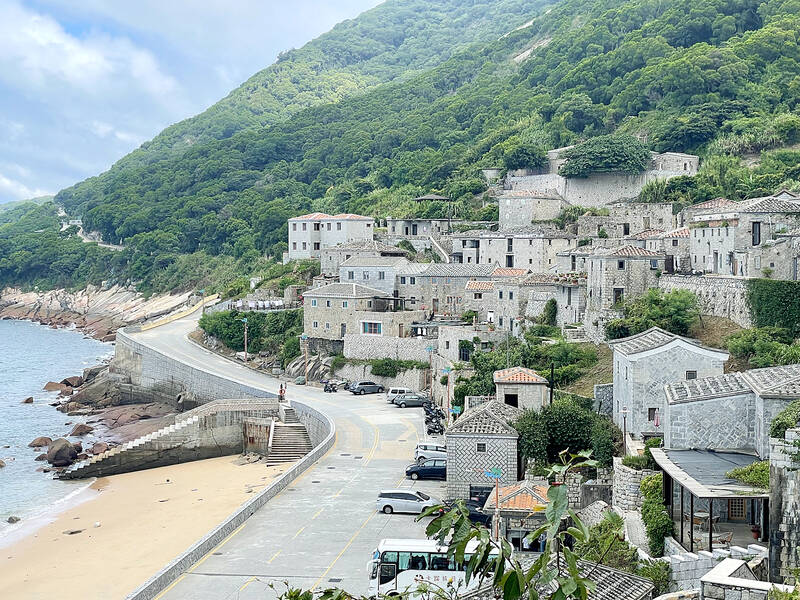
Photo: Shelley Shan, Taipei Times
Chen spoke about her vision to promote Matsu as a tourist attraction in a restaurant in Qinbi Village (芹壁) on the county’s second-largest island, Beigan (北竿).
Because of the limited space on the islands, the county has been able to preserve its unique culture, a uniqueness that is an important element in tourism, she said.
While Matsu and Kinmen County were battlefields during the Cold War era, Kinmen treated historic sites more like a business, while on Matsu, historic sites have been better preserved, she said.
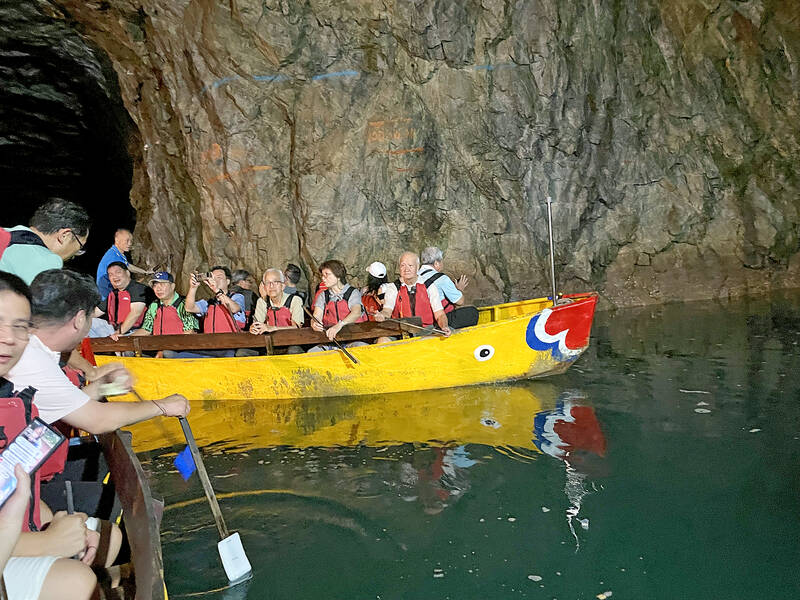
Photo: Shelley Shan, Taipei Times
As Matsu has limited capacity for transportation and accommodation, it is unlikely that the county could accommodate a large number of domestic tourists.
“I think it should position itself as an international travel destination and target international tourists who join high-end tours in pursuit of unique travel experiences,” Chen said.
However, more needs to be done for Matsu to transform into a tourist attraction for international travelers, she said.
This year, the Matsu Biennial attracted more than 200 artists from 49 countries, Chen said, adding that the festival should be on travelers’ itineraries.
One of the featured creations at the event was Matsu sculptor Chen Yi-hui’s (陳益輝) Building a Nest (築巢), which was created using steel rails that were widely installed on the coast as defensive fortifications during the Cold War, she said.
It is installed on the levee of Jhuluo Bay (珠螺灣) on Nangan Island (南竿).
Works such as Building a Nest could remain after the event and become cultural landmarks, Chen said.
“After the festival, individual travelers should be able to come and visit the remaining artistic work themselves,” she said.
Turning Matsu into an international travel destination does not mean that people would have to pay more to visit the county’s five main islands, she said.
It means that the travel quality and satisfaction rate among travelers must be enhanced, she added.
By setting such a lofty goal for Matsu, the county would not only attract international tourists seeking unique travel experiences, but also domestic tourists looking for tours with high value-to-cost ratios, she said.
The most challenging task would be to change the concepts of tourism operators in Matsu and train people in the hospitality industry, she said.
The majority of Matsu’s residents live on Nangan and Beigan islands, which both have airports. Although there are about 13,000 registered residents of Matsu, only about 8,000 to 9,000 live there at the moment.
About 50,000 soldiers were stationed on the islands at one point during the cold war era, far exceeding the number of civilians.
That figure has fallen to about 3,000, a local tour guide said.
Matsu has 240 hoteliers and bed-and-breakfast operators, and the maximum number of tourists that the county can accommodate per day is about 3,807, the Lienchiang County Traffic and Tourism Bureau said.
The bureau said the county is able to accommodate 210,000 to 220,000 visitors per year.
Uni Air offers flights to Matsu from Taipei International Airport (Songshan airport) and Kaohsiung International Airport. A majority of tourists visit Matsu by plane.
The main sources of international tourists are Singapore and Xiamen, China.

A drunk woman was sexually assaulted inside a crowded concourse of Taipei Railway Station on Thursday last week before a foreign tourist notified police, leading to calls for better education on bystander intervention and review of security infrastructure. The man, surnamed Chiu (邱), was taken into custody on charges of sexual assault, taking advantage of the woman’s condition and public indecency. Police discovered that Chiu was a fugitive with prior convictions for vehicle theft. He has been taken into custody and is to complete his unserved six-month sentence, police said. On Thursday last week, Chiu was seen wearing a white
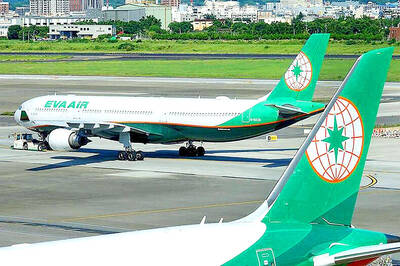
EVA Airways, one of the leading international carriers in Taiwan, yesterday said that it was investigating reports that a cabin crew manager had ignored the condition of a sick flight attendant, who died on Saturday. The airline made the statement in response to a post circulating on social media that said that the flight attendant on an outbound flight was feeling sick and notified the cabin crew manager. Although the flight attendant grew increasingly ill on the return flight, the manager did not contact Medlink — a system that connects the aircraft to doctors on the ground for treatment advice during medical
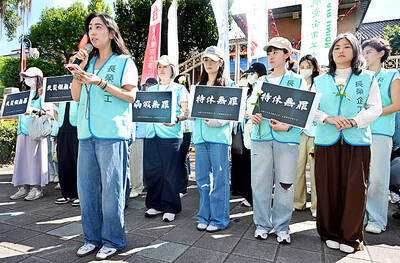
The Taoyuan Flight Attendants’ Union yesterday vowed to protest at the EVA Air Marathon on Sunday next week should EVA Airway Corp’s management continue to ignore the union’s petition to change rules on employees’ leave of absence system, after a flight attendant reportedly died after working on a long-haul flight while ill. The case has generated public discussion over whether taking personal or sick leave should affect a worker’s performance review. Several union members yesterday protested at the Legislative Yuan, holding white flowers and placards, while shouting: “Life is priceless; requesting leave is not a crime.” “The union is scheduled to meet with
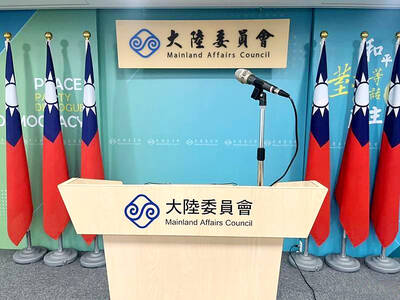
‘UNITED FRONT’ RHETORIC: China’s TAO also plans to hold weekly, instead of biweekly, news conferences because it wants to control the cross-strait discourse, an expert said China’s plan to expand its single-entry visa-on-arrival service to Taiwanese would be of limited interest to Taiwanese and is a feeble attempt by Chinese administrators to demonstrate that they are doing something, the Mainland Affairs Council said yesterday. China’s Taiwan Affairs Office (TAO) spokesman Chen Binhua (陳斌華) said the program aims to facilitate travel to China for Taiwanese compatriots, regardless of whether they are arriving via direct flights or are entering mainland China through Hong Kong, Macau or other countries, and they would be able to apply for a single-entry visa-on-arrival at all eligible entry points in China. The policy aims